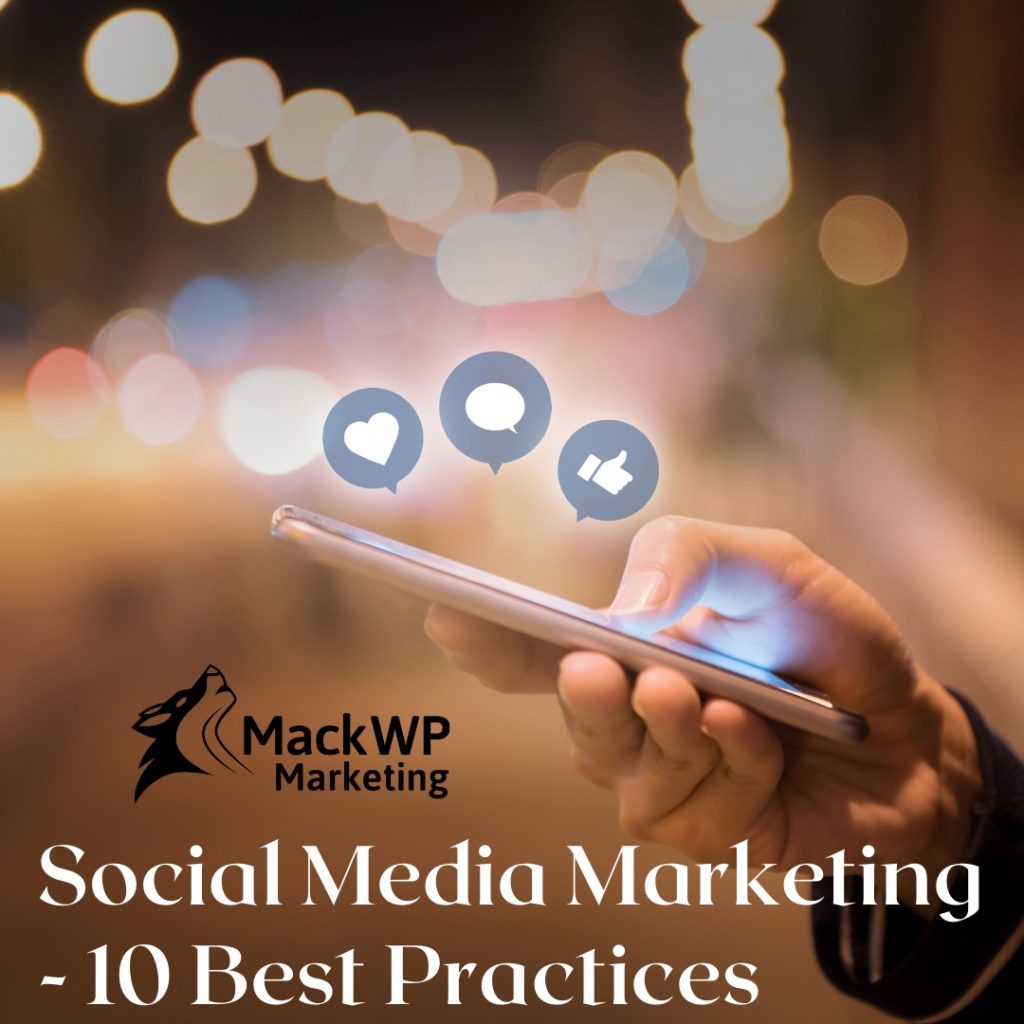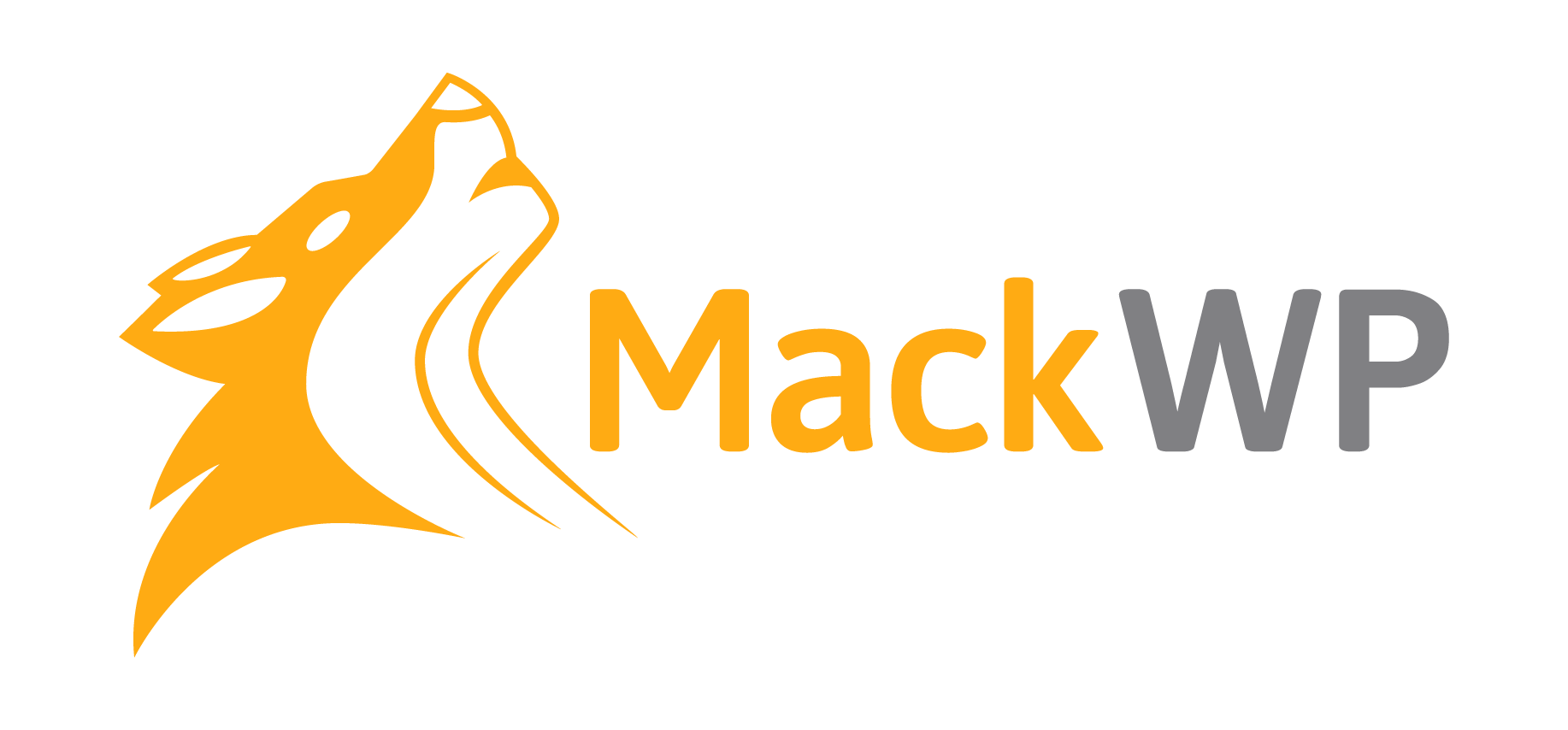
We all know that social media marketing is important for our businesses, but are we all utilizing it? If you are utilizing it, are you using it effectively and efficiently? Perhaps, or perhaps not. Let’s take a look at a few of the best practices when it comes to social media marketing.
Establish and maintain your voice
We put this first because you’ll want to keep this consistent across all of your channels (not just social media). You do not want your brand to sound serious through one medium and sarcastic through another. This will create conflicting messaging and confuse your audience, leading to them putting less value on your content. When defining your voice, consider these:
- What do you want your brand to sound like?
- Who is your target audience/customer, and what vocabulary do they use?
- Bonus: do not use any slang unless it is relevant to your industry.
Learn all you can on your customers/audience
This is important! Knowing your customers is essential for any marketing plan. What are their pain points, what kind of content do they like most? What channels are they on? This will allow you to create a plan best suited to your target, and create content tailored to them and others most likely to use your product/service.
Audit your competition
Are you the first business in your industry? More than likely, you are not. Research and audit your competition.
- Who are they?
- What’s working for them?
- What isn’t working for them?
- How much engagement are they getting?
Learn from them and what they are doing. Audit the competition as you go; if your losing audience to them, adjust your strategy accordingly.
When and how often to post content
This is different for every industry and every social media channel. Knowing your audience is also beneficial during this stage. When is your audience on the social media channels most, allowing your content to best distribute to them? Research your industry and the channel in question to learn the best times and how often to post. Remember the step above in regards to auditing the competition? When are they posting and gaining the best engagement?
Utilize social listening
What is social listening? “Social listening is monitoring particular topics to see what others are talking about when it comes to the said topic(s). This helps you gain a better understanding of your audience, and create content that is best suited and engaging for them (Check out our recent article, “Small Business Benefits from Social Media Marketing”).” This also includes @ mentions, which we will discuss further below.
Respond to all comments, mentions, and inquiries quickly
We feel not much of a description is needed on this one. Social listening will help you stay on top of all comments, mentions, and inquiries. Responding to these promptly is important no matter what medium you are on.
We don’t know about you, but it seems like most organizations have stopped responding quickly since the pandemic began. Capitalize on this, set yourself apart from the competition.
Take the high road
We’ve all seen trolls online, individuals that keep coming at you negatively to try and get a reaction. Even though you want to say something, to prove whatever they’re saying is wrong, to put them in their place, don’t do it. We call them trolls for reason, they’ll keep coming at you regardless of what you say. It’s best to simply ignore them, you don’t want customers and potential customers to see your brand in an argument online, even when the troll is way off base.
Quality over quantity
Never post for the sole purpose of posting content. We know that it can seem appealing and that being creative 24/7 can be a challenge at times. Don’t give in. When you post something that isn’t in line with your voice, messaging, or goals, it may do more harm than good.
Use a mix of content
Have you ever unfollowed a brand because every post they published was them trying to force their product on you? Yea, we have too. Your audience does not like it when a brand posts about their product 100% of the time.
There are many rules out there, like the 1/3’s rule, 80/20 rule, we like something along the lines of:
- 40/40/20
What this looks like is:
- 40% of your content is original; this may be an article you wrote, an infographic on industry insights, the culture of the organization, the team, the office, you get the idea.
- 40% is curated content from other industry experts and influencers; this shows that you have your thumb on the pulse of the industry, staying at the forefront and always learning.
- 20% promotional, highlighting your product, how to use it, other ways to use your product or utilize your services, customers you work with, and so forth.
You do not need to be exact but keep in the ballpark. If you’re going to change up an area, we would recommend more original content with a little less curated. Or a little more original and curated content with less promotional content.
Research the hashtags you plan on using
Research popular hashtags that people are following in your industry and in general. If you are using a general hashtag (such as #WednesdayWIsdom, #ThursdayThoughts), make sure it is about what you believe it is and that it is relatable to your brand and goals.
Automate what you can
Business, as well as life, are busy. You can not wear every hat at once and expect to do everything as efficiently as possible. This is where automating what you can makes sense. You can use chatbots for common questions which are often asked and easily answered. Schedule your social media posts. We can not emphasize enough how beneficial this may be when used properly. Scheduling your posts lets you plan your content (be it a week’s worth, a month’s worth, etc.), create it all, and schedule it in one sitting while you have time. Talk about managing chaos!

Recent Comments